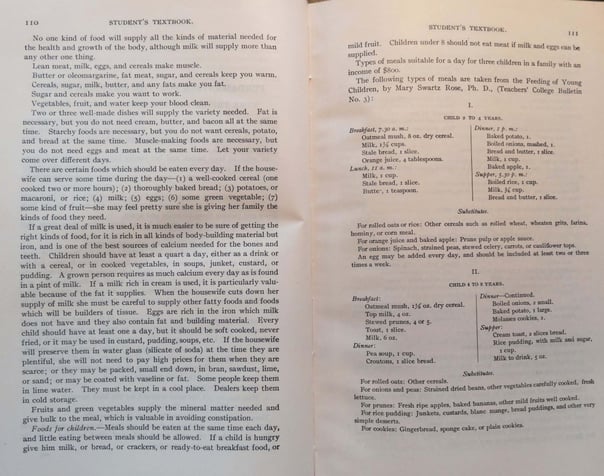The National Archives’ Records of the Immigration and Naturalization Service—which many genealogists informally call “Record Group 85”—is one of the best sources of data on immigrants to America, covering the years 1787 to 1993. It’s a common misperception that Record Group 85 contains only passenger lists, which are now viewable online through many sites. However, this record group contains hundreds of case files of immigrants either trying to come into the United States or trying to stay in the country. Also hiding in this series are documents that introduce us to what immigrants were expected to learn about their adopted country in different periods.
Record Group 85 contains a group of books that were published to assist immigrants in the process known as naturalization, known as Entry 34. The books were used in classes—many held in public schools—that introduced the immigrants to the history and government of their newly adopted country. Many booklets offered chapters devoted to highlights of American history, including important figures such as George Washington and Abraham Lincoln. These texts, published in the 1910s to the 1950s, also included details on the various branches of the government, information about the flag and the national anthem, and even some basics on learning English. One textbook reproduced the blank forms the immigrants would encounter as they began the three-step process to ultimately becoming an American.
Among all the things that one would expect to find in such textbooks, though, were chapters that a researcher would be surprised to find on housecleaning and proper nutrition for a family. This section of one student’s textbook was titled “Fundamentals for the American Home; Some Things the Housewife Should Know.”
In the opening paragraphs, it states, to the housewife, “In order to keep herself and her family happy, she must not waste any steps or energy. She should plan to save her strength and energy by having things at hand—a place for everything and everything in its place.”
The topics covered in this “home fundamentals” section included diets for children based on age—offering what the child should eat at each meal. There was a great deal of text devoted to the cleanliness of the house and the family. Some of the more common ailments such as cuts and bruises were addressed, including what to do for certain poisons. And the immigrant housewife was even told how best to dress her family, while not attracting attention to herself in her style of dress.
These records are not available online, and in many instances your ancestors are likely not indexed by name in the one available subject index that is available on microfilm (microfilm publication T458) and has been digitized on Ancestry.com. You must search them in person at the National Archives in Washington, D.C.
While it is tempting to rush through naturalization records, especially if you have found the naturalization of your immigrant ancestor, take the time to look at some of the other material that is found in Record 85. Even if your immigrant is not mentioned by name in these records, you’ll get a glimpse into the America he or she was embracing.
Share this:
About Rhonda McClure
Rhonda R. McClure, Genealogist, is a nationally recognized professional genealogist and lecturer specializing in New England and celebrity research as well as computerized genealogy; is compiler of more than 120 celebrity family trees; has been a contributing editor for Heritage Quest Magazine, Biography magazine and was a contributor to The History Channel Magazine and American History Magazine. In addition to numerous articles, she is the author of ten books, including the award-winning The Complete Idiot's Guide to Online Genealogy, now in its second edition, Finding Your Famous and Infamous Ancestors, and Digitizing Your Family History.View all posts by Rhonda McClure →
